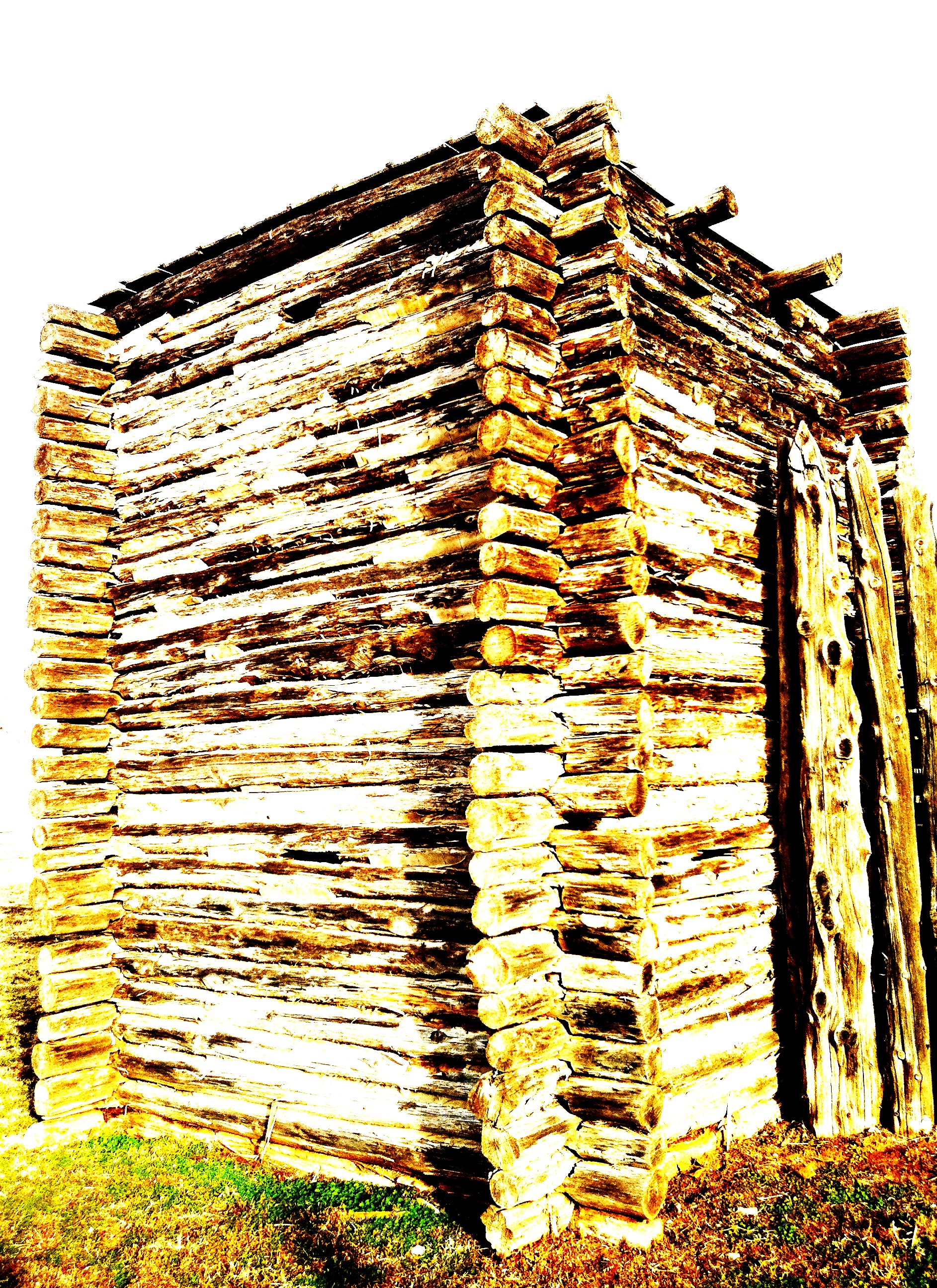|
Fort Supply Historic District
Fort Supply (originally Camp Supply) was a United States Army post established on November 18, 1868, in Indian Territory to protect the Southern Plains. It was located just east of present-day Fort Supply, Oklahoma, in what was then the Cherokee Outlet. History Fort Supply was originally established as "Camp of Supply" on November 18, 1868 in support of General Philip Sheridan's winter campaign against the Southern Plains Indians. It was from Camp Supply that George Armstrong Custer led the Seventh United States Cavalry south to the banks of the Washita River to destroy the village of the Cheyenne Indian chief Black Kettle in what became known as the Battle of the Washita. Later, the camp served to protect the Cheyenne and Arapaho reservations, under the Darlington Agency, from incursions by whites. Camp Supply was renamed Fort Supply in 1878 following its role in the Red River War of 1874-1875. By 1880 the Indian Wars on the Southern Plains were nearly over and the fort ... [...More Info...] [...Related Items...] OR: [Wikipedia] [Google] [Baidu] |
Indian Territory
The Indian Territory and the Indian Territories are terms that generally described an evolving land area set aside by the Federal government of the United States, United States Government for the relocation of Native Americans in the United States, Native Americans who held aboriginal title to their land as a sovereign independent state. In general, the tribes ceded land they occupied in exchange for Land grant#United States, land grants in 1803. The concept of an Indian Territory was an outcome of the US federal government's 18th- and 19th-century policy of Indian removal. After the Indian Territory in the American Civil War, American Civil War (1861–1865), the policy of the US government was one of Cultural assimilation of Native Americans#Americanization and assimilation (1857–1920), assimilation. The term ''Indian Reserve (1763), Indian Reserve'' describes lands the Kingdom of Great Britain, British set aside for Indigenous tribes between the Appalachian Mountains and t ... [...More Info...] [...Related Items...] OR: [Wikipedia] [Google] [Baidu] |
Red River War
The Red River War was a military campaign launched by the United States Army in 1874 to displace the Comanche, Kiowa, Southern Cheyenne, and Arapaho Native American tribes from the Southern Plains, and forcibly relocate the tribes to reservations in Indian Territory. Lasting only a few months, the war had several army columns crisscross the Texas Panhandle in an effort to locate, harass, and capture highly mobile Native American bands. Most of the engagements were small skirmishes in which neither side suffered many casualties. The war wound down over the last few months of 1874, as fewer and fewer Indian bands had the strength and supplies to remain in the field. Though the last significantly sized group did not surrender until mid-1875, the war marked the end of free-roaming Indian populations on the southern Great Plains. Background Prior to the arrival of English American settlers on the Great Plains, the southern Plains tribes had evolved into a nomadic pattern of existenc ... [...More Info...] [...Related Items...] OR: [Wikipedia] [Google] [Baidu] |
1868 Establishments In Indian Territory
Events January–March * January 2 – British Expedition to Abyssinia: Robert Napier leads an expedition to free captive British officials and missionaries. * January 3 – The 15-year-old Mutsuhito, Emperor Meiji of Japan, declares the ''Meiji Restoration'', his own restoration to full power, under the influence of supporters from the Chōshū Domain, Chōshū and Satsuma Domains, and against the supporters of the Tokugawa shogunate, triggering the Boshin War. * January 5 – Paraguayan War: Brazilian Army commander Luís Alves de Lima e Silva, Duke of Caxias enters Asunción, Paraguay's capital. Some days later he declares the war is over. Nevertheless, Francisco Solano López, Paraguay's president, prepares guerrillas to fight in the countryside. * January 7 – The Arkansas constitutional convention meets in Little Rock, Arkansas, Little Rock. * January 9 – Penal transportation from United Kingdom, Britain to Convicts in Australia, Austral ... [...More Info...] [...Related Items...] OR: [Wikipedia] [Google] [Baidu] |
Forts On The National Register Of Historic Places In Oklahoma
A fortification is a military construction or building designed for the defense of territories in warfare, and is also used to establish rule in a region during peacetime. The term is derived from Latin ''fortis'' ("strong") and ''facere'' ("to make"). From very early history to modern times, defensive walls have often been necessary for cities to survive in an ever-changing world of invasion and conquest. Some settlements in the Indus Valley civilization were the first small cities to be fortified. In ancient Greece, large stone walls had been built in Mycenaean Greece, such as the ancient site of Mycenae (famous for the huge stone blocks of its ' cyclopean' walls). A Greek '' phrourion'' was a fortified collection of buildings used as a military garrison, and is the equivalent of the Roman castellum or English fortress. These constructions mainly served the purpose of a watch tower, to guard certain roads, passes, and borders. Though smaller than a real fortress, ... [...More Info...] [...Related Items...] OR: [Wikipedia] [Google] [Baidu] |




